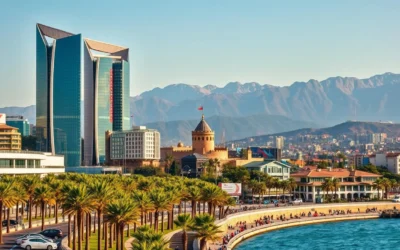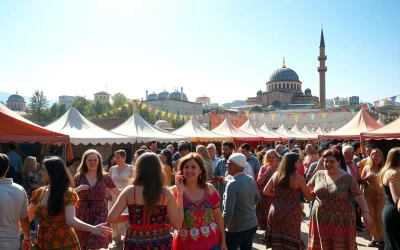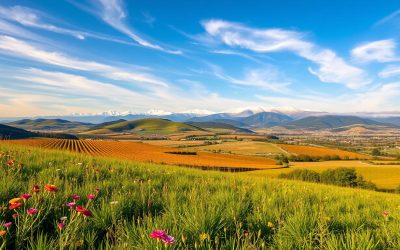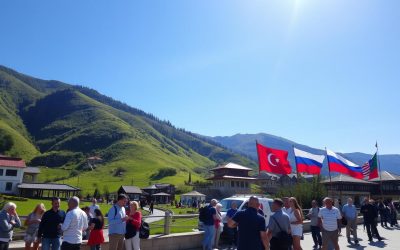1. Baku – ~1,116,500
The capital and largest city, major Caspian port and financial‑cultural centre of Azerbaijan.
2. Sumqayit – ~427,000
Second‑largest city on the Absheron Peninsula—major Soviet‑era industrial centre with youthful population.
3. Ganja – ~335,600
Historic “Red City” in west Azerbaijan, hub of silk and wine traditions and cultural renewal.
4. Lankaran – ~240,300
Coastal city on the Caspian Sea known for tea plantations, subtropical climate and ancient fortresses.
5. Mingachevir – ~95,500
“Mingəçevir”: self‑styled “city of lights” powered by the Kur River hydroelectric dam.
6. Saatli – ~87,000
Agricultural town in central Azerbaijan famed for cotton production and district administration.
7. Lerik – ~87,000
Mountain town in southern Azerbaijan noted for longevity of residents and foggy highland scenery.
8. Qaracuxur (Karachukhur) – ~72,989
Large urban settlement within Baku’s metro area, known for residential growth and industry.
9. Sirvan – ~70,220
Regional town in central Azerbaijan with growing industry and river‑valley trade.
10. Sheki – ~68,400
Cultural and UNESCO heritage city in the mountains, famed for the Palace of the Khans and silk crafts.
11. Bakixanov – ~66,686
Suburban settlement north of Baku with industrial zone and growing residential development.
12. Nakhchivan – ~64,800
Exclave capital with ancient sites like Momine Khatun mausoleum, cultural hub separated from mainland Azerbaijan.
13. Xankandi (Stepanakert) – ~53,100
City in Nagorno‑Karabakh under Azerbaijani administration, historic Armenian‑Azerbaijani mixed heritage.
14. Yevlakh – ~59,000
Transportation and agricultural centre in central Azerbaijan on the Kura River plane.
15. Khirdalan – ~37,950
Suburban municipality of Baku in Absheron, known for rapid housing development and proximity to the capital.
The above is subject to change.
Check back often to TRAVEL.COM for the latest travel tips and deals.






